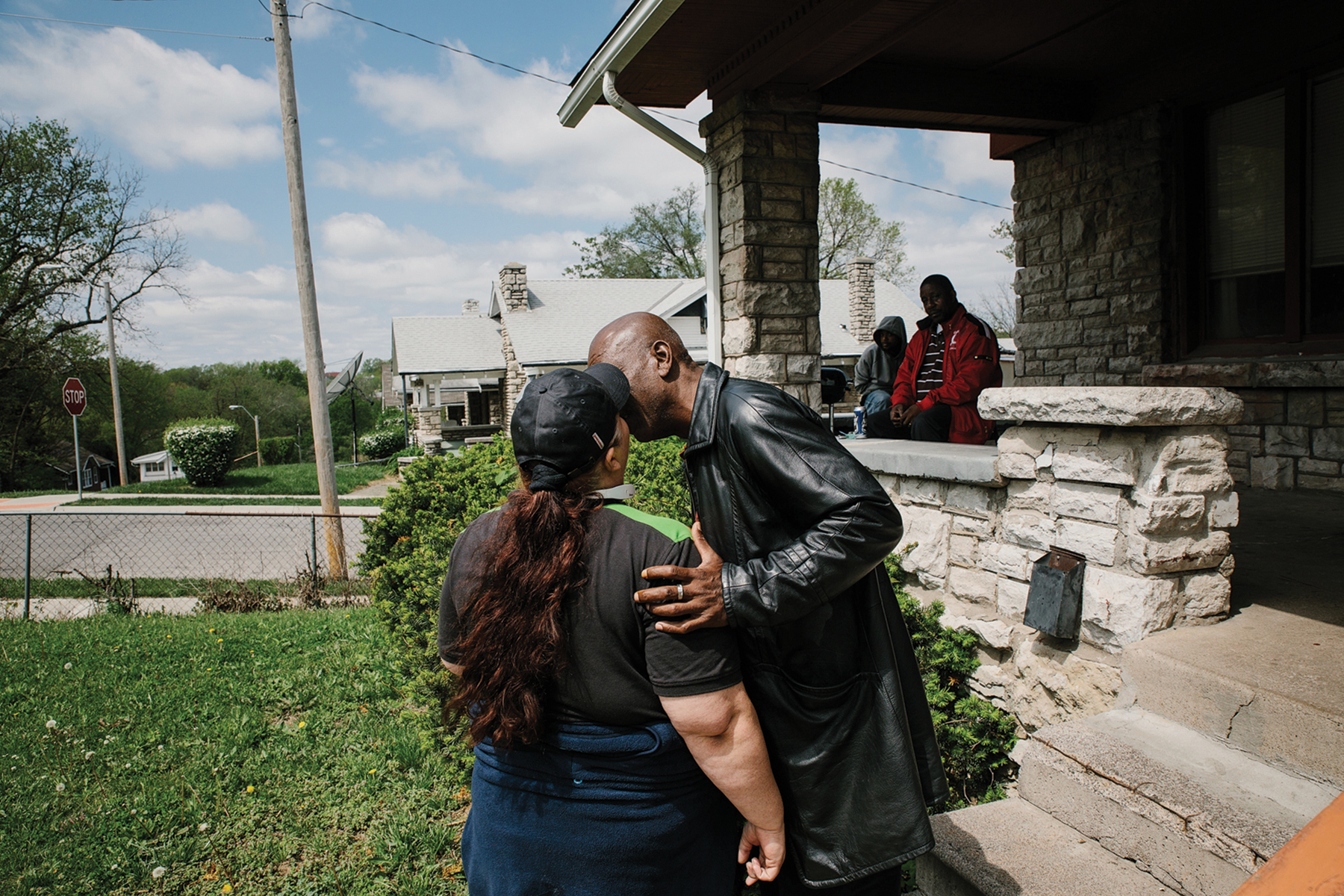This Is What Living on Minimum Wage Looks Like in the US.
This story appears in VICE Magazine’s Power and Privilege Issue. Click HERE to subscribe.
In May 2017, long after he had lost the Democratic primary for president of the United States, Senator Bernie Sanders of Vermont, along with 30 Senate cosponsors, introduced a bill to raise the federal minimum wage to $15 an hour. Known, now, as the Raise the Wage Act, it was a major element of Sanders’s campaign, as was his support for Fight for $15—the movement, started in 2012 by American fast-food workers, to make this, as well as the right for the workers to unionize, a national requirement. Perhaps most famously, these issues came to a head in April 2016 during a presidential debate between Sanders and Hillary Clinton in Brooklyn.
“History has outpaced Secretary Clinton, because all over this country people are standing up and saying $12 is not good enough,” Sanders said, quoted in the Washington Post.
After all, this proposal was not the first of its kind. In 2015, Sanders proposed the Pay Workers a Living Wage Act—but it received only five cosponsors, and Chuck Schumer, the Senate Democratic leader, instead favored legislation for a $12 an hour wage. Over the years, however, Sanders has never wavered, and a month after he conceded the primary victory to Clinton, in July 2016, he succeeded in getting the Democratic Party to endorse this part of his platform. His current bill remains in Congress.
The fight, though, rages on—and shows, really, no signs of slowing down. Though several states have pledged their support on the matter—in New York, for instance, Governor Andrew Cuomo signed a plan in 2016 that would raise the minimum wage in New York City to $15 per hour by the end of 2019—protests, organized by Fight for $15, continue to crop up throughout the country. And it’s not only retail and fast-food employees: Many, including those in the childcare and healthcare fields, have joined the battle. (Disney World workers just claimed victory this past September.) In February 2018, on the 50th anniversary of the Memphis sanitation workers’ strike, low-wage workers across the South went on strike themselves and, following in the footsteps of those who came before them, marched for what one woman told the Guardian was nothing more than “respect and a decent wage.” Their protests come from a tradition of marches, rallies, and civil disobedience—the same tactics that factory, mill, and sanitation workers used in the past.
Chase Castor, a documentary photographer based in the Midwest, met up with four low-wage workers in Kansas City who struggle to survive day after day: Melissa Douds, Ke Flemons, April Shabazz, and Nathan Wash. What he captured were the intimate moments—the constant upkeep of their homes, the grueling commutes—of these men and women’s daily lives. Many don’t make enough money to adequately live, and many, too, have to travel long distances on public transportation to get to work. More often than not, they have two jobs, cannot afford to have all basic utilities, toil away for 60-plus hours a week, and sometimes still cannot even pay their rent.
This fight is for them. —Alex Norcia

Sign up for our newsletter to get the best of VICE delivered to your inbox daily.
This article originally appeared on VICE US.